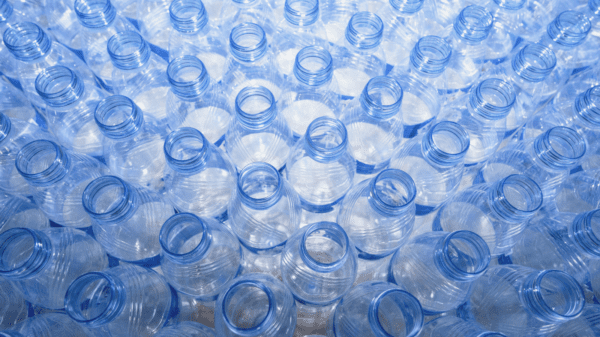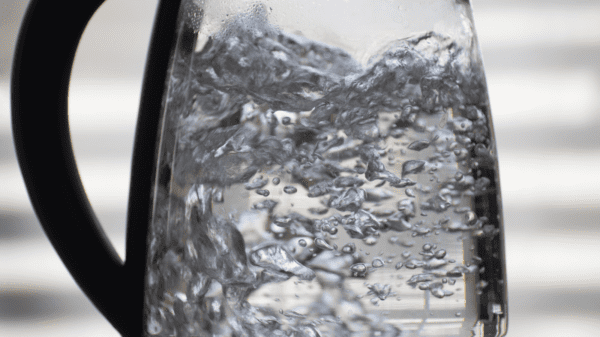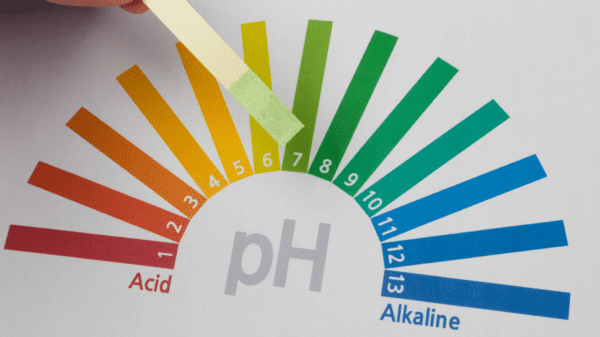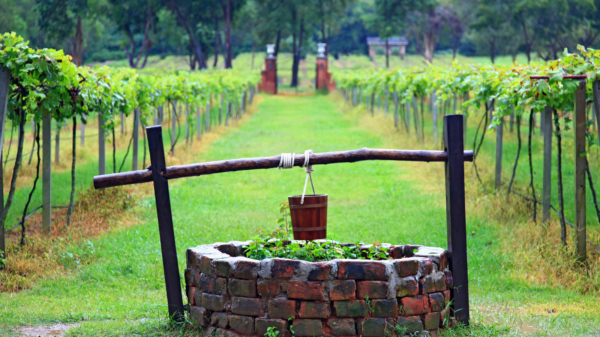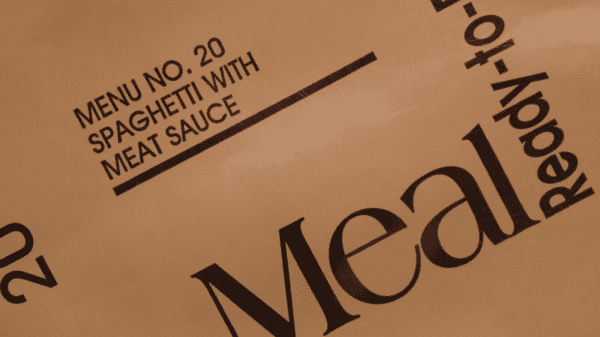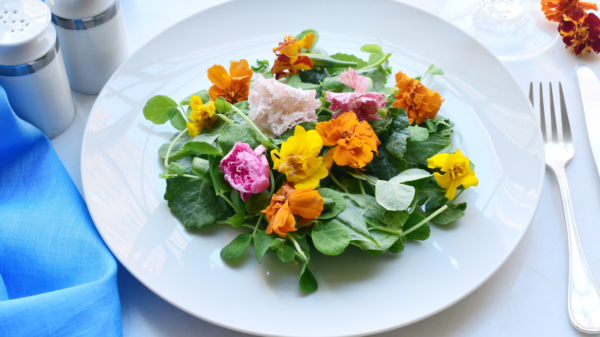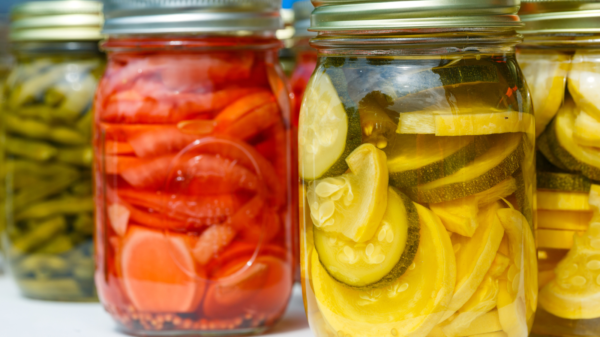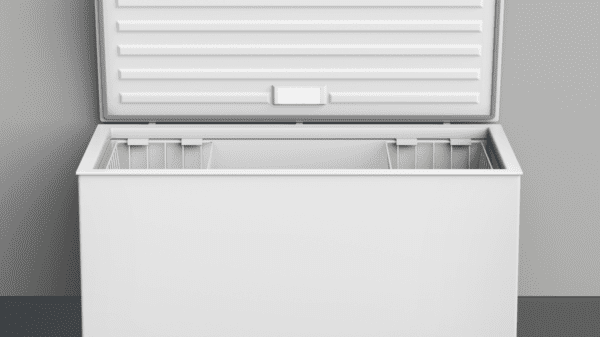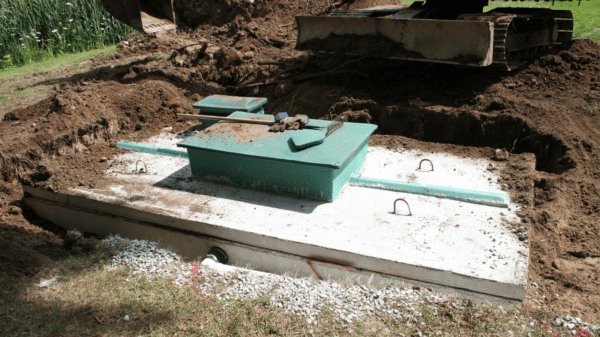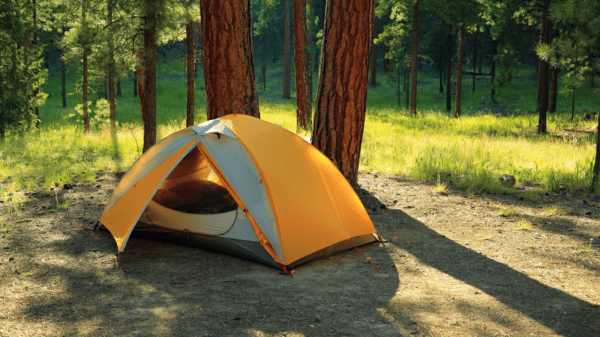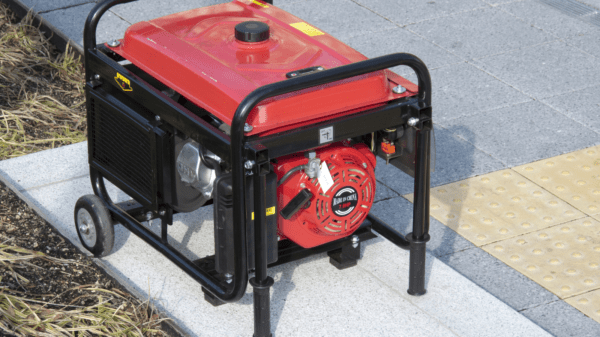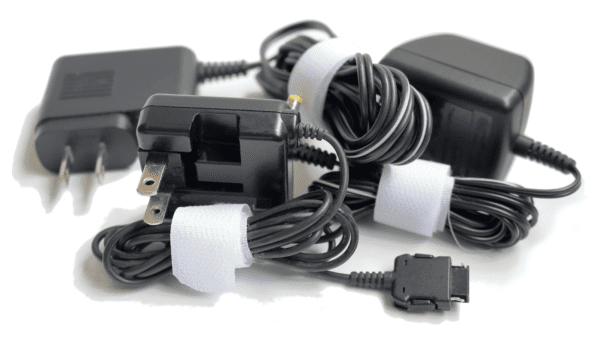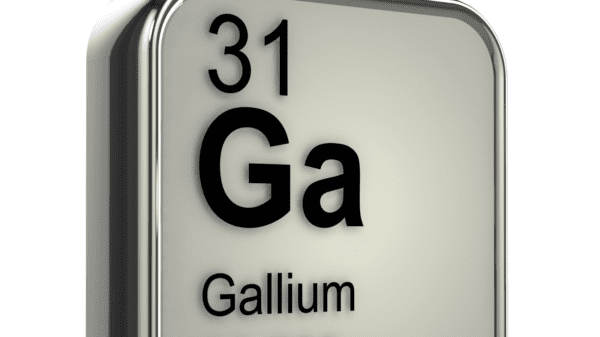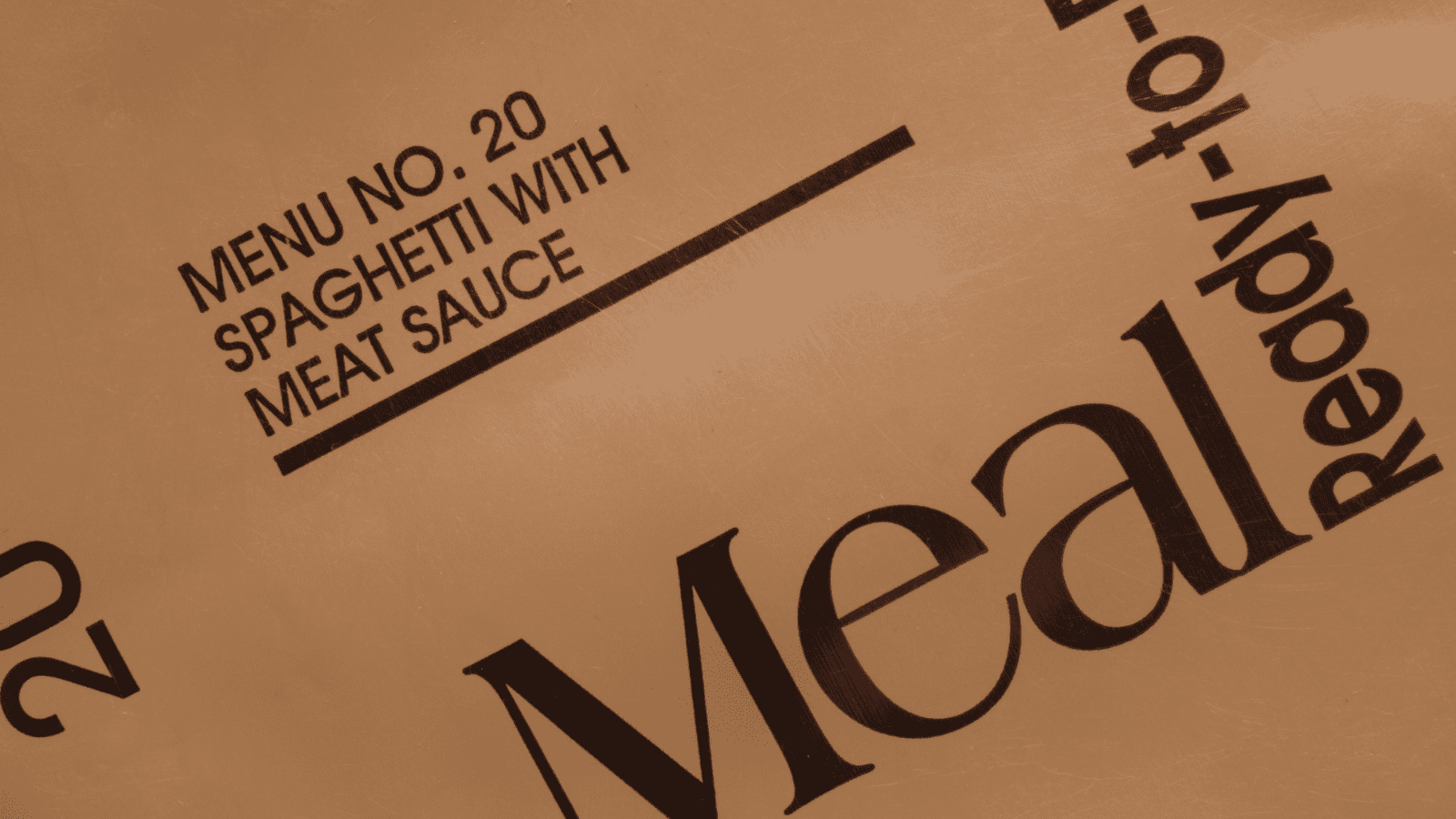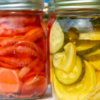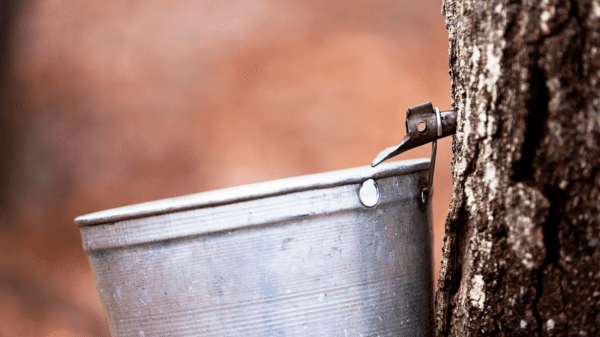In uncertain times or emergency situations, having a reliable source of food is crucial. MREs, or Meals Ready to Eat, are specially designed rations that provide complete meals for survival scenarios. In this comprehensive guide, we will explore everything you need to know about MREs, including how to pick them, store them, and recommendations for selection. We’ll also include FAQs to address common queries and expert advice to assist you in making informed choices.
Table of Contents
What are MREs?
MREs, or Meals Ready to Eat, are self-contained individual meals designed to provide sustenance during emergencies, military operations, or outdoor adventures. They are pre-packaged with a variety of nutritious components, including an entrée, side dishes, snacks, desserts, and beverage mixes. MREs are specifically formulated to have a long shelf life and require minimal preparation, making them ideal for survival situations.
How to Pick the Right MREs
When selecting MREs, consider the following factors:
- a) Calorie content: Look for MREs with an adequate calorie count to meet your energy needs. Aim for at least 1,200 to 1,500 calories per meal.
- b) Variety: Choose MREs with diverse menu options to prevent flavor fatigue during prolonged use.
- c) Nutritional balance: Ensure that the MREs provide a balance of proteins, carbohydrates, fats, vitamins, and minerals to sustain your nutritional requirements.
- d) Dietary restrictions: If you have specific dietary needs or restrictions, check for MREs labeled as vegetarian, vegan, gluten-free, or allergen-free.
- e) Packaging quality: Opt for MREs with durable packaging to protect against moisture, temperature fluctuations, and physical damage.
Storing MREs Properly
Proper storage of MREs is crucial for maintaining their quality and shelf life. Follow these guidelines:
- a) Temperature control: Store MREs in a cool, dry place away from direct sunlight, extreme temperatures, and humidity. The ideal temperature range is between 50-70°F (10-21°C).
- b) Rotation system: Use a first-in, first-out (FIFO) system to ensure you consume the oldest MREs first and replenish your stock accordingly.
- c) Avoid puncturing: Do not puncture or open MRE packaging until ready to consume to prevent contamination and spoilage.
- d) Check expiration dates: Regularly inspect and rotate your MRE supply, replacing any expired or damaged units.
MRE Selection Recommendations
| MRE Brand | Price Range | Calories | Protein (g) | Carbohydrates (g) | Fat (g) | Sodium (mg) |
|---|---|---|---|---|---|---|
| Mountain House | $7 – $12 | 500 – 800 | 10 – 25 | 40 – 80 | 10 – 30 | 400 – 800 |
| XMRE | $8 – $15 | 800 – 1200 | 25 – 40 | 60 – 100 | 20 – 40 | 500 – 1000 |
| Sopakco Sure-Pak MREs | $9 – $14 | 1000 – 1300 | 30 – 45 | 70 – 100 | 30 – 40 | 800 – 1200 |
| Emergency Essentials | $7 – $10 | 800 – 1100 | 20 – 35 | 60 – 90 | 20 – 40 | 500 – 900 |
Here are some recommended MRE brands known for their quality and variety:
- a) Mountain House: Known for their freeze-dried meals, Mountain House offers a wide range of MRE options suitable for outdoor enthusiasts and emergency preparedness.
- b) XMRE: XMRE provides military-grade MREs that meet rigorous standards. They offer diverse menus and have vegetarian and halal options available.
- c) Sopakco: Sopakco has been a long-standing supplier of MREs to the U.S. military. Their Sure-Pak MREs are known for their quality and variety.
- d) Emergency Essentials: This company specializes in emergency preparedness supplies, including MREs. They offer a variety of MRE brands and flavors to choose from.
Frequently Asked Questions (FAQs)
How long do MREs last?
MREs have a long shelf life compared to other food options. On average, MREs can last for 5 to 7 years when stored at recommended temperatures. However, it’s important to note that the shelf life can vary depending on the manufacturer and storage conditions. Always check the expiration dates on the packaging and rotate your supply accordingly.
Can MREs be eaten cold?
Yes, MREs can be consumed cold if necessary. The meals are precooked and can be eaten straight out of the packaging without the need for heating. However, some components, such as entrees and side dishes, may taste better when warmed up.
Are MREs nutritionally balanced?
Yes, MREs are designed to provide a balance of nutrients necessary for survival. They typically include proteins, carbohydrates, fats, vitamins, and minerals. However, it’s important to note that MREs are intended for short-term use and may not provide the same level of variety and freshness as a regular diet. It’s advisable to supplement your nutrition with fresh foods when possible.
Can MREs be customized for specific dietary needs?
Some MRE manufacturers offer options for specific dietary needs. You can find vegetarian, vegan, gluten-free, and allergen-free MREs in the market. It’s important to carefully read the labels and product descriptions to ensure the MREs meet your dietary requirements.
Can MREs be used for everyday meals?
While MREs can be consumed in non-emergency situations, they are primarily designed for emergencies and outdoor activities. They should not replace a balanced diet of fresh, whole foods in everyday life. However, MREs can be a convenient option for camping, hiking, or situations where access to traditional food preparation is limited.
a) Mountain House Classic Bucket: A selection of freeze-dried meals with a variety of flavors and a long shelf life. [Link: www.mountainhouse.com]
b) XMRE Meals Ready to Eat: Military-grade MREs with diverse menus and options for specific dietary needs. [Link: www.xmremeals.com]
c) Sopakco Sure-Pak MREs: Trusted MREs used by the U.S. military, known for their quality and variety. [Link: www.sopakco.com]
d) Emergency Essentials MREs: A range of MRE brands and flavors available from a reputable emergency preparedness supplier. [Link: www.beprepared.com]
Remember to research and compare products to find the best fit for your needs and preferences.
What are some common mistakes that people make with MREs?
While MREs are convenient and reliable emergency food rations, there are some common mistakes that people make when using them. Being aware of these mistakes can help you avoid potential pitfalls. Here are some common mistakes associated with MREs:
- Not checking expiration dates: Many people overlook checking the expiration dates on MRE packaging. Consuming expired MREs can lead to a loss of taste, nutritional degradation, and potential foodborne illnesses. Always inspect the expiration dates and rotate your supply accordingly.
- Improper storage: MREs require proper storage to maintain their quality and shelf life. Storing them in conditions of high heat, humidity, or extreme cold can affect the taste and nutrient content. Ensure you store MREs in a cool, dry place away from direct sunlight, moisture, and temperature fluctuations.
- Failing to rotate stock: Some people forget to rotate their MRE supply using the first-in, first-out (FIFO) method. By not consuming the oldest MREs first and replenishing your stock with fresh ones, you risk having expired MREs in your supply.
- Discarding the accessory pack: MREs often come with an accessory pack that contains additional items like condiments, utensils, and napkins. Some people overlook these packs or throw them away, missing out on useful components that can enhance the overall meal experience.
- Not reading instructions: MREs may come with specific instructions for heating, hydration, or reconstitution of certain components. Neglecting to read and follow these instructions properly can result in undercooked or unappetizing meals.
- Overeating MREs for an extended period: While MREs are designed to provide nutrition during emergencies, they are not meant to replace a balanced diet in the long term. Relying solely on MREs for an extended period can lead to nutrient deficiencies. It’s crucial to supplement your nutrition with fresh foods when available.
- Ignoring personal dietary needs: People with specific dietary restrictions or allergies should pay close attention to the ingredients and nutritional information of MREs. Ignoring these considerations can result in consuming food that is not suitable for their individual needs.
By being mindful of these common mistakes, you can ensure that you make the most of your MREs and have a reliable source of sustenance during emergencies or outdoor activities.
What food options compete with MREs?
| Food Options | Pros | Cons |
|---|---|---|
| MREs | – Ready-to-eat – Portable – Long shelf life – Nutritionally balanced – Diverse menu | – Higher cost – Limited fresh ingredients – Bulky – Flavor fatigue |
| Freeze-Dried Meals | – Lightweight – Long shelf life – Easy preparation – Retains nutrients and flavors | – Requires water – Can be expensive – Different texture and taste – Extra cooking equipment may be needed |
| Canned Goods | – Long shelf life – Affordable – No cooking required – Wide availability – Variety | – Heavy and bulky – Limited variety – Need opener and utensils – Potential preservatives and sodium – Leftovers require proper storage |
| DIY Dry Goods | – Cost-effective – Customizable – Fresh ingredient options – Cooking flexibility | – Requires cooking equipment and water – Shorter shelf |
Here’s a list comparing MREs with other food options commonly considered for emergency situations. The table below highlights the pros and cons of each option.
- MREs (Meals Ready to Eat): Pros:
- Ready-to-eat meals, require no cooking or preparation.Compact and portable, ideal for on-the-go situations.Long shelf life and designed for emergency situations.Nutritionally balanced with a variety of components.Diverse menu options available, including vegetarian and allergen-free choices.
- Relatively higher cost compared to other food options.
- Limited fresh ingredients and may lack variety in taste.
- Bulkier and heavier than some alternatives, impacting portability.
- Extended use can lead to flavor fatigue and a desire for fresh foods.
- Freeze-Dried Meals: Pros:
- Lightweight and portable, suitable for outdoor activities.
- Long shelf life and minimal space requirement.
- Quick and easy to prepare by adding water.
- Retain most nutrients and flavors due to the freeze-drying process.
- Some brands offer a wide variety of menu options.
- May require access to clean water for rehydration.
- Can be relatively expensive, especially for high-quality brands.
- Limited fresh ingredients, resulting in a different texture and taste.
- May require extra cooking equipment like a stove or campfire.
- Canned Goods: Pros:
- Long shelf life, typically several years.
- Affordable and widely available.
- No cooking required, can be consumed directly from the can.
- Familiar taste and texture.
- Can provide a range of options, including fruits, vegetables, and protein sources.
- Heavy and bulky, making them less suitable for mobility.
- Limited variety and potential monotony in flavors.
- Require a can opener and utensils for consumption.
- May contain preservatives or higher levels of sodium.
- Leftovers need proper storage to prevent spoilage.
- DIY Dry Goods and Staples: Pros:
- Cost-effective, as you can build a stockpile from grocery purchases.
- Greater variety and customization based on personal preferences.
- Can incorporate fresh ingredients for more diverse meals.
- Flexibility to cook and combine ingredients according to your taste.
- Requires cooking equipment, clean water, and fuel sources.
- Shorter shelf life for perishable ingredients.
- More time and effort needed for meal preparation.
- Regular rotation of stock required to prevent spoilage.
- Requires knowledge of food storage and preservation techniques.
Here’s a table summarizing the pros and cons of each food option:
Can you get military or government MREs as a civilian?
Yes, civilians can purchase military or government MREs through authorized retailers or surplus stores. These MREs are typically sold as surplus or discontinued stock. While they are originally intended for military or government use, they are made available to the public for various reasons, such as excess inventory or expiration dates approaching (but still within acceptable limits).
It’s important to note that there may be some differences between military-issued MREs and those available for civilian purchase. Military MREs often undergo more stringent testing and adhere to specific military standards. Civilian versions may have slight variations in packaging, menu options, or components, but they generally offer comparable quality and functionality.
When purchasing military or government MREs as a civilian, it’s essential to ensure that the retailer is reputable and authorized to sell genuine products. Verify the expiration dates and inspect the packaging for any signs of damage or tampering. Additionally, be aware of any regulations or restrictions regarding the purchase and use of military surplus items in your area.
It’s advisable to check with local military surplus stores or authorized online retailers to explore the availability of military or government MREs for civilian purchase. Always verify the authenticity and quality of the products before making a purchase.
Conclusion
MREs are an essential component of any emergency preparedness plan or outdoor adventure. By selecting the right MREs, storing them properly, and following expert recommendations, you can ensure a reliable source of nutrition during critical times. Remember to regularly check and rotate your MRE supply to maintain freshness and be mindful of your individual dietary needs. Stay prepared, stay safe!

